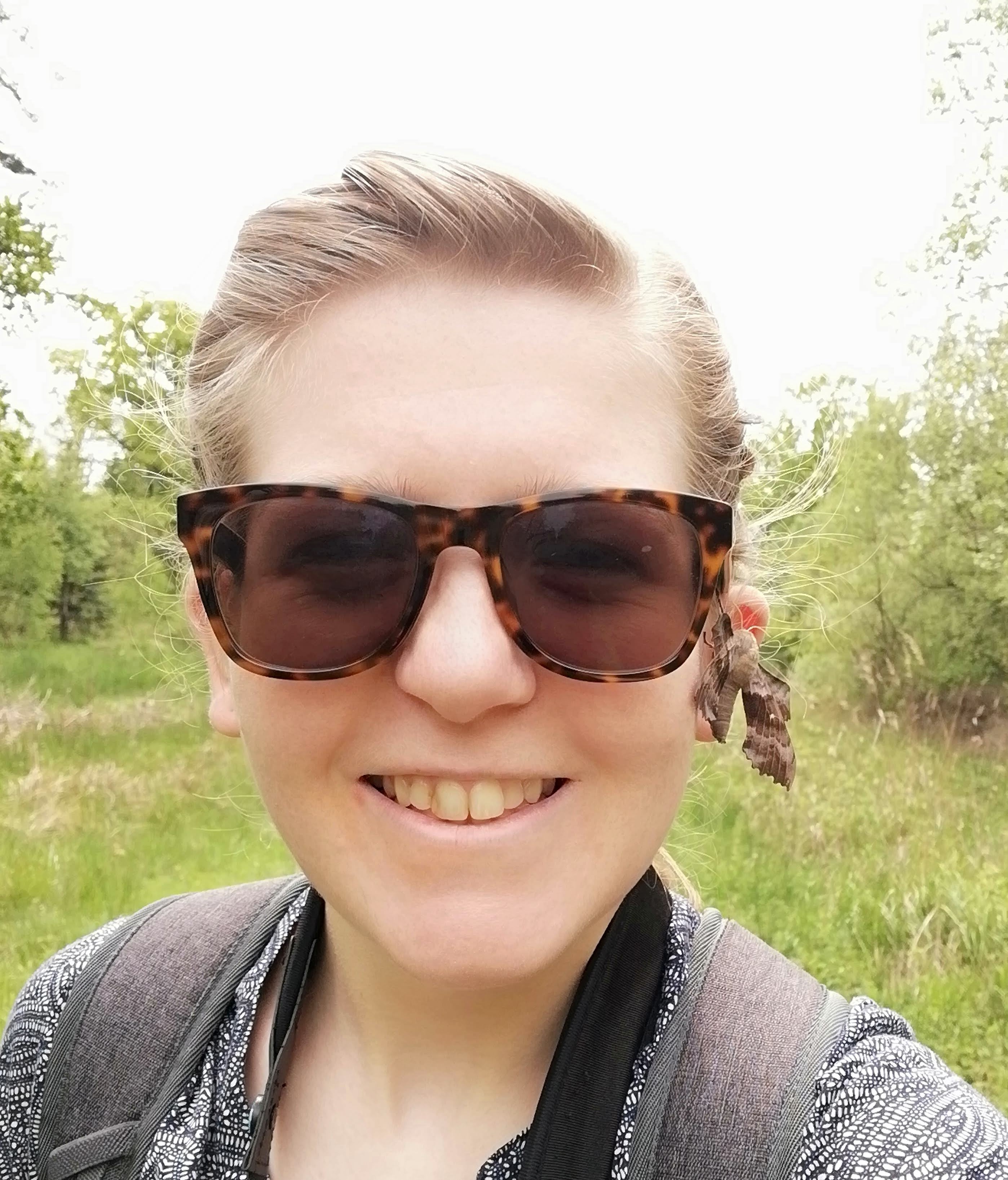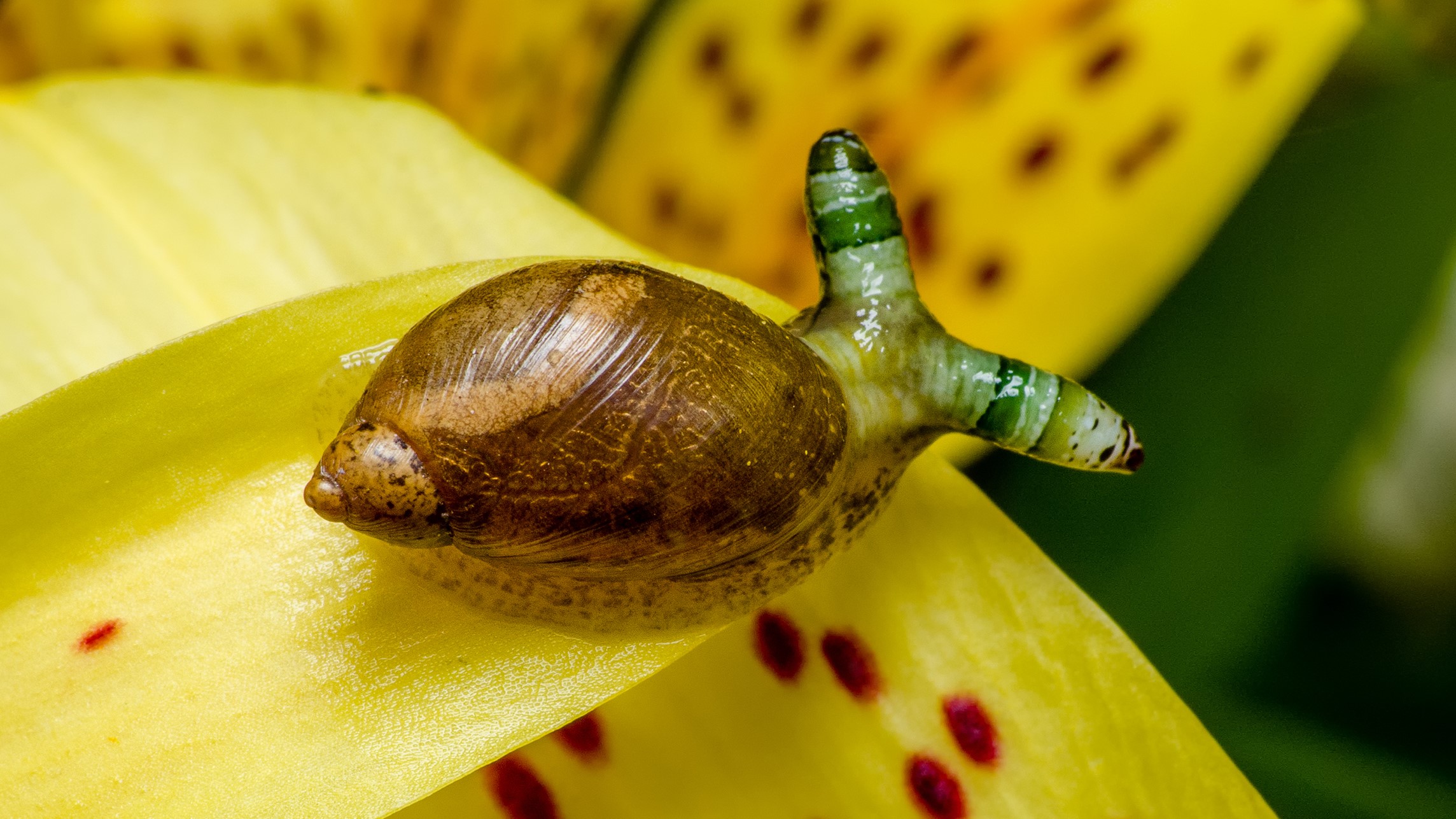Green-banded broodsac: The brain-hijacking parasite that creates disco zombie snails
This parasitic worm crawls into the eyestalks of snails, takes over its brain then pulsates to make the mollusk look like a dancing caterpillar.
Name: Green-banded broodsac (Leucochloridium paradoxum)
Where it lives: Europe, North America and Japan
What it eats: Waste in the digestive tracts of birds, before it is excreted
Why it's awesome: This parasitic flatworm is best known for creating disco zombies: It takes over the bodies of amber snails (Succinea) by clambering into their eyestalks and forcing them to dance to attract birds' attention.
A snail first comes into contact with L. paradoxum via bird droppings, which contain the eggs of the green-banded broodsac. Upon hatching, the larvae move to the tentacles of the snail and create a sac. As this matures, it grows and replaces the eyestalk of the snail, effectively blinding it and preventing it from drawing the tentacle back into its body.
Related: Horrifying photo captures moment parasitic fungus bursts from huge spider's body
It also becomes colorful and pulsates at a rate of 60 to 80 contractions per minute, creating a disco-like vibe.
Get the world’s most fascinating discoveries delivered straight to your inbox.
The broodsac also takes over the snail's brain. As a neuroparasite, it infects the nervous system of its mollusk host and controls its behavior. The snail is then forced to go to well-lit and more-exposed areas, such as the surface of a leaf, where it looks tantalizingly like a caterpillar to unsuspecting birds.
Once ingested, the parasite matures into an adult, mates with other adults and produces eggs that are released into the bird's droppings, kicking off the cycle again.
If the snail is lucky, only its tentacle is taken by the bird. In that case, the snail remains blind until the tentacle regrows — meaning it can be reinfected and again act as a host for the parasite.

Megan Shersby is a naturalist, wildlife writer and content creator. After graduating from Aberystwyth University with a BSc (Hons) degree in Animal Science, she has worked in nature communications and the conservation sector for a variety of organisations and charities, including BBC Wildlife magazine, the National Trust, two of the Wildlife Trusts and the Field Studies Council. She has bylines in the Seasons anthologies published by the Wildlife Trusts, Into The Red published by the BTO, and has written for the BBC Countryfile magazine and website, and produced podcast episodes for its award-winning podcast, The Plodcast.




